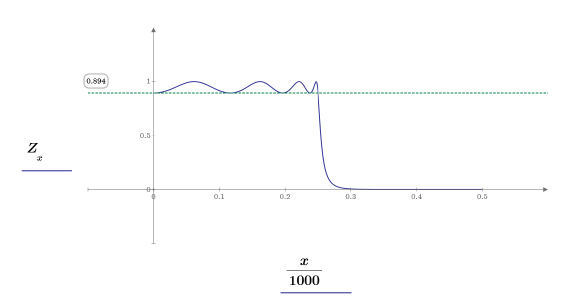
However, the main-lobe width is increased resulting in reduced lateral resolution. The window functions realized by changing the amplitude of the signals can effectively suppress the side-lobe level. In order to reduce the side-lobe level, linear apodization methods by using various window functions were developed. Although the conventional DAS beamforming can increase the energy of the ultrasound beam at the focal point, the side-lobe level also increases resulting in degraded contrast to noise ratio (CNR) A conventional delay and sum (DAS) beamforming enhances the signals from the selected location and reduces the signals from undesired direction by compensating arrival time of received signals. In the diagnostic ultrasound imaging by using an array transducer, a beamforming technique is commonly used for electrical transmit/receive focusing, beam steering, and dynamic focusing. Thus, it can be a potential way to increase CNR maintaining the main-lobe width in the high frequency ultrasound imaging. In comparison with the rectangular window function, the non-linear apodization method such as dual- and tri-apodization had low side-lobe level without sacrificing the main-lobe width. The performance of the non-linear apodization was numerically investigated.

In the cyst target simulation, CNR values of the dual-/tri-apodization were improved by 41% and 51%, respectively. In the point target simulation, the main-lobe widths of the dual-/tri-apodization were very similar to that of the rectangular window, and the side-lobe levels of the dual-/tri-apodization were more suppressed by 9 ~ 10 dB. The performance of dual-/tri-apodization was compared with that of the rectangular window function focusing on the side-lobe level and the main-lobe widths (at -6 dB and -35 dB). The center frequency of the simulated linear array transducer was 40 MHz and the total number of elements was 128.

The point and cyst target simulations were conducted by using a dedicated ultrasound simulation tool called Field-II. The rectangular, Dolph-Chebyshev, and Kaiser window functions were employed to implement dual-/tri-apodization algorithms. In this paper, we computationally evaluated the performance of the non-linear apodization method such as dual-/tri-apodization focusing on the high frequency ultrasound image. In order to reduce the side-lobe level without sacrificing the main-lobe width, a non-linear apodization method has been suggested. A linear apodization scheme by using the window function can suppress the side-lobe level while the main-lobe width is increased resulting in degraded lateral resolution.


In the ultrasound B-mode (Brightness-mode) imaging, high side-lobe level reduces contrast to noise ratio (CNR).


 0 kommentar(er)
0 kommentar(er)
